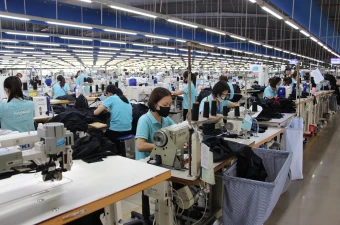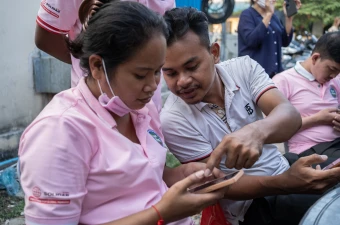How trade unions can engage in Human Rights Due Diligence to safeguard worker's rights.
CNV International is publishing a paper on How trade unions can engage in Human Rights Due Diligence to safeguard worker's rights. The aim is to explain the role of the trade union within the HDRR process and the benefits that come along with it. In addition, practical examples will be provided for each step of the HRDD process, to highlight the role of the union.
Human rights due diligence can be applied to learn the impact of your company on human and labour rights. By identifying and addressing risks, you can oppose labour rights violations, such as modern slavery, child labour and underpayment in your supply chain. This gives unions the opportunity to improve working conditions during this process. They are given the opportunity to proactively work with management, partners within the chain and other stakeholders. This collaboration will address the underlying power structures on which the problems employees may experience in the workplace are based.
CNV Internationaal's paper will clarify the role the union can play in the process of HRDD and the benefits this can have for the organization's stakeholders. In addition, practical examples will be given to further clarify the role of the union. The paper will show that union involvement in the HRDD process is important for all other stakeholders that are involved in an organization.
Six steps of HRDD
The HRDD process consists of the 6 steps below. In the paper, the role of trade unions will be clarified for every step.
Step 1: Embed responsible business into policies and management systems.
Step 2: Identify and assess adverse impacts on operations, supply chain, and business relationships.
Step 3: Cease, prevent, or mitigate adverse impacts.
Step 4: Track implementation and results.
Step 5: Communicate how impacts are addressed.
Step 6: Provide for or cooperate in remediation when appropriate.
Instruments for HRDD
There are some tools that can be used during the HRDD process.
- First, social dialogue is an important part of the HRDD process, especially during the first step. Social dialogue involves communication between unions, employers and governments on socio-economic issues. This can be through negotiations, consultations or information exchanges, with the aim of finding a joint solution between employers and employees.
- Second, the CBA Database is an important tool, developed by CNV. CBA stands for Collective Bargaining Agreement, a legal agreement between the union and workers. With this database, an existing CBA can be analyzed in quality and compared with ILO standards and national laws.
- Finally, the Fair Work Monitor is a tool that can be used to get more information about workers' working conditions. This is a digital survey that can be completed anonymously and voluntarily.

Publication date 14 02 2024


